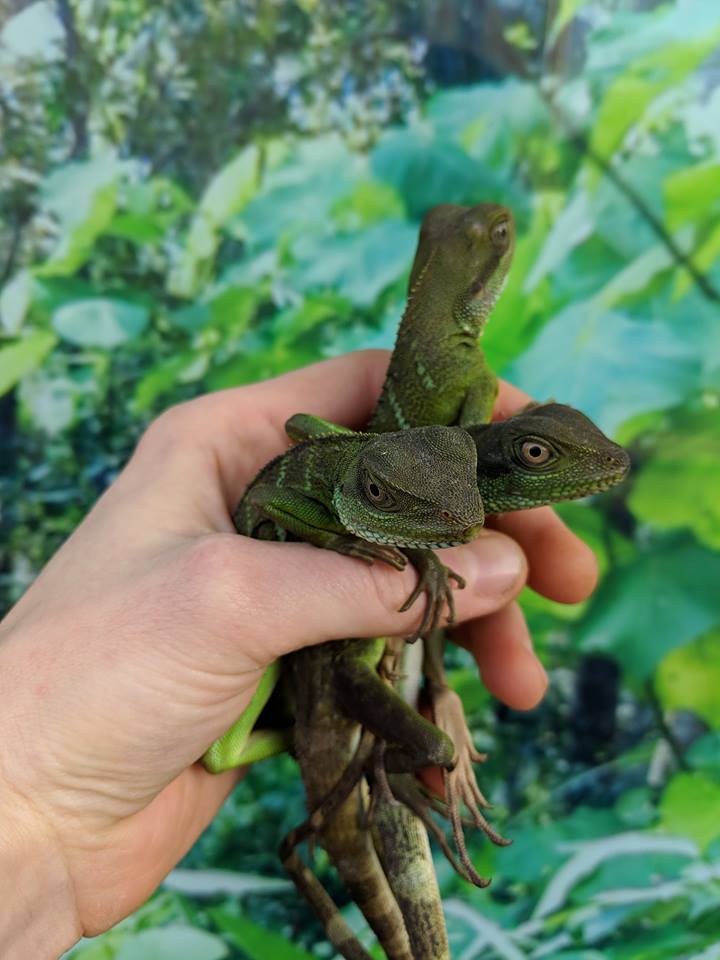
You have to factor in the weight of the enclosure and whether or not your floor can support it. Any larger monitor species will require much larger enclosures. For example, an adult Ackie monitor lizard requires, at the bare minimum, a 5' x 3' x 4'.
#ARGUS MONITOR HUMIDITY FREE#
The level of care, enrichment, interaction and training required will take up almost all of your free time.
#ARGUS MONITOR HUMIDITY PLUS#
Most tend not to bite but will hiss like steam trains.Īgain as they will defecate in the water it is fairly easy to clean and replace plus some spot cleaning and the use of a bioactive substrate keeps the enclosure right. Handling wise they are not too bad once settled in but they have needle sharp claws which makes them uncomfortable to handle. I offer gut-loaded insects 4 times per week to my youngsters and 2-3 times per week to my adults. I feed my youngsters 6 out of 7 days a week and my adults 3-4 days per week. As they grow you can start adding whole prey like quail chicks, mice, rats pups but try to avoid rats with fur as the fur is usually very coarse and un-digestible. Roughnecks require a fair amount of feeder insects either gut-loaded or dusted with a decent calcium/vitamin powder. I find this very very important to the good general health of rough neck monitors and needs to be in my opinion a minimum of 80%. This plus the basking bulbs covers the necessary temperature levels.Ī decent sized water container that allows them to soak in is needed and as they will usually defecate in the water this needs to be changed daily. You can use thermotubes ran through a good thermostat. You will need to have around 60 ☌ (140 ☏) under them and away from them areas down to 30 ☌ (86 ☏) with night time ambient temperatures around 29 ☌ (84 ☏). Heat wise you obviously need a decent heat gradient from high to a cooler area and this is usually attained using the basking bulbs.

The bugs in the substrate break down any waste or dropped food items. I use a mix of soil/coir plus sand usually around 70/30. You can use cork tubes, large bird boxes for the elevated positions as hides.Īs Varanus rudicollis require a good decent humidity of around 80% a fairly deep substrate that holds moisture is a must. If you offer a hide fairly high up along with the ground hides, it will be definitely utilized by them.


These are used by them along with the foliage. They tend to spend the early hours up high then forage a lot of the time at ground level for most of the day retiring up high as daylight ends. Use branches high up plus walls of usable climbable materials as a bonus. Roughneck monitors require a tall enclosure as well as a good area of floor space so the minimum dimensions of 1.8 x 2.1 x 0.9 (H x L x W) meters (6 x 7 x 3 feet) should suffice.


 0 kommentar(er)
0 kommentar(er)
